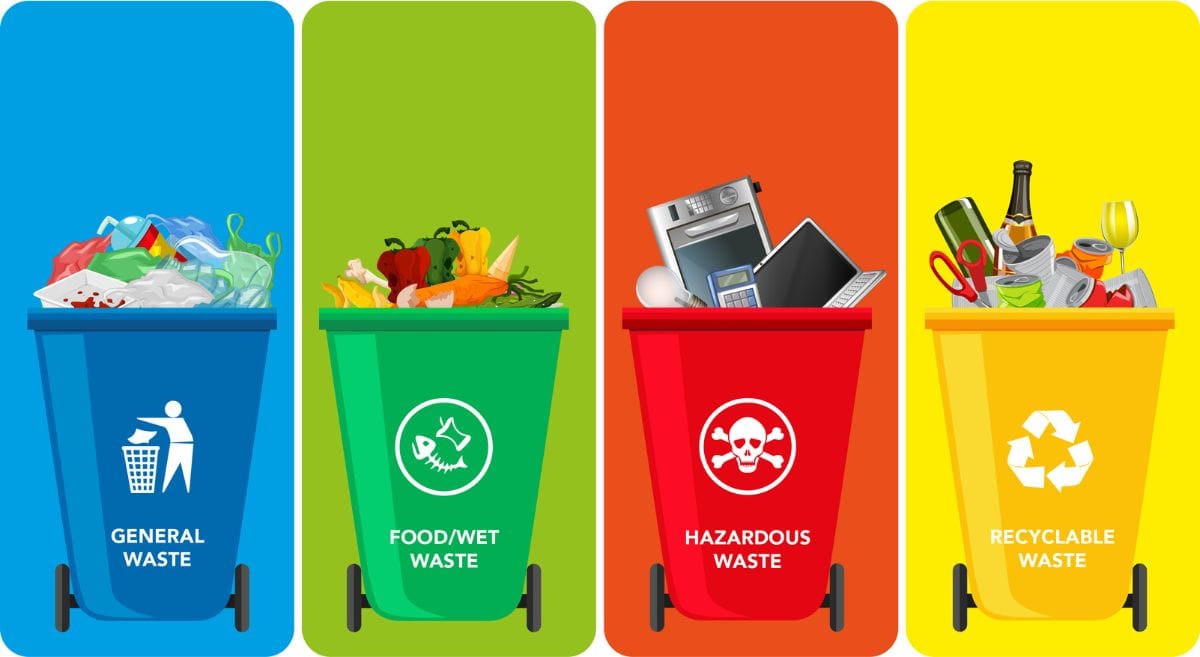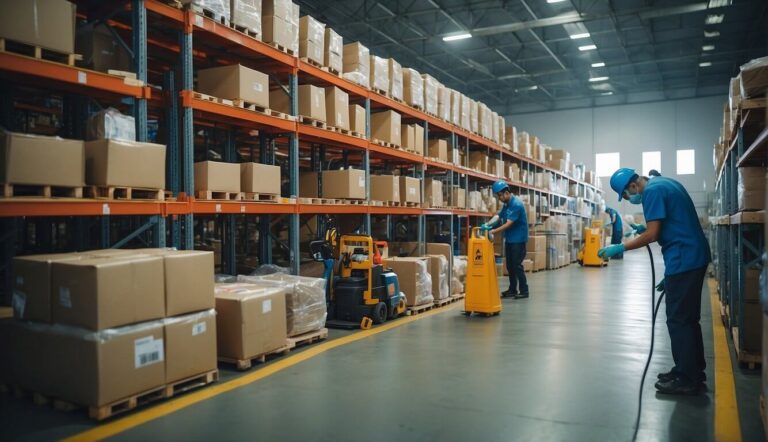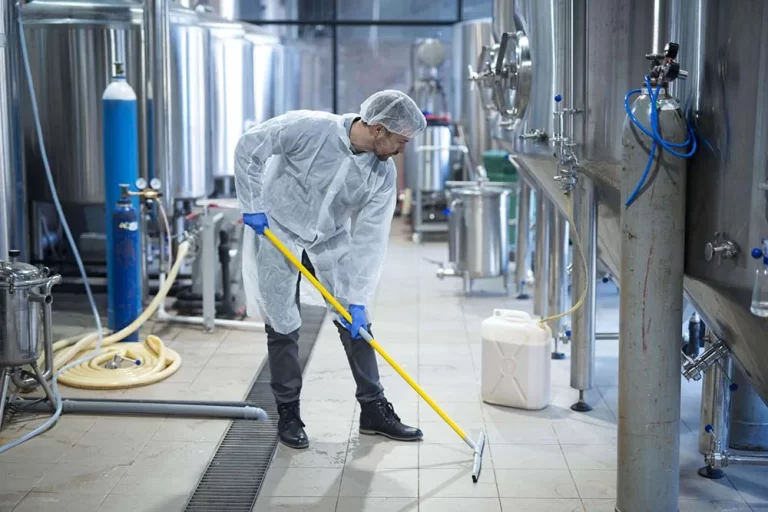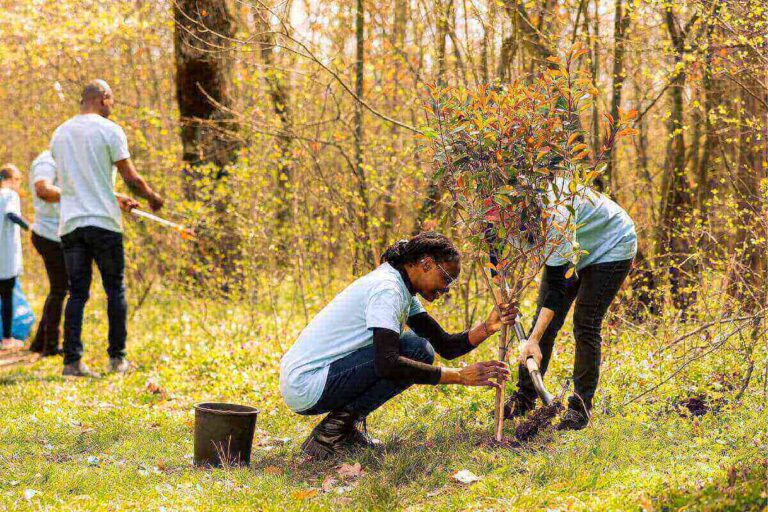Taking control of household waste is one of the simplest ways to make a positive impact on the environment. Starting small at home can lay the foundation for better waste segregation management in your community. Many people delay the process because they think it’s complicated. The truth is, it’s quite the opposite. With a little awareness and consistency, managing your waste becomes a daily habit that benefits everyone.
Understanding the Basics of Waste
Before jumping into action, it’s important to know what waste really is. Broadly, household waste falls into categories like biodegradable, non-biodegradable, and hazardous. Biodegradable includes food scraps, paper, and garden waste. Non-biodegradable waste includes plastics, glass, and metals. Hazardous waste consists of batteries, chemicals, and medical items. Knowing this helps set up the right process at home.
Get the Right Bins
The first real step is choosing the right containers. Having separate bins at home is crucial. One for wet waste, another for dry waste, and a third for items that require careful disposal. Colour coding your bins makes the process even easier for everyone in the house to follow. Keep them in easily accessible locations so that they’re used correctly.
Know What Goes Where
One common reason waste segregation fails is because of confusion. People aren’t sure where a used tissue or an old battery goes. So, a basic list near the bin can help. Leftover food, fruit peels, and tea leaves go into the wet bin. Items like plastic bottles, wrappers, and old newspapers belong in the dry one. Sharps or expired medicines should never mix with household waste and must be disposed of separately. Learning this once can prevent a lifetime of errors.
Teach Everyone at Home
Waste segregation at home works only when every member of the house contributes. Talk to your family members about why it matters. Show children how it helps the planet. Even house help or domestic staff should know how to use the bins. When everyone understands the importance, it becomes a shared responsibility instead of a solo job.
Reduce Before You Segregate
Segregation becomes easier when the volume of waste is less. So always think before throwing. Can this be reused? Can it be donated? Can I compost this instead of tossing it away? Using fewer disposable items and saying no to plastic can reduce the amount of non-recyclable waste drastically. Segregation becomes easier when there’s less clutter to deal with.
Make Composting a Habit
A big chunk of household waste is kitchen waste. Composting is a natural way to recycle this and reduce wet waste. You don’t need a big garden or expensive equipment. A simple compost bin or even an old bucket with a lid can be used. Add your kitchen scraps, mix it weekly, and you’ll have compost for your plants in a few weeks. This not only reduces waste but also enriches your soil naturally.
Deal With E-Waste and Hazardous Waste Separately
Electronic waste and chemicals need special handling. Don’t throw them in regular bins. Store them separately and look out for collection drives in your area. Many communities have monthly drop-off locations for items like old phones, batteries, paint cans, and CFL bulbs. Keeping this type of waste away from the regular bins prevents harm to the environment and health.
Stay Consistent and Don’t Get Discouraged
At first, you may feel it takes time or that it’s hard to remember what goes where. That’s normal. The key is to be consistent. Even if mistakes happen initially, don’t let that stop you. With time, the entire process becomes automatic. In fact, once you start segregating, you’ll notice how much easier it is to manage your home and keep it clean.
Keep Learning and Evolving
Waste segregation practices can change with time and local rules. Stay updated by reading community newsletters or following environmental groups. Learn about new recycling technologies or composting techniques. Some municipalities even offer free training or tools to help homes manage their waste better. When you’re aware, you’re more likely to do better.
Share the Practice with Others
Once you’ve got a system in place, talk about it. Share your tips with neighbors or on social media. Encourage your local resident welfare association to adopt the method for the entire building. Waste segregation becomes a movement only when more people join in. It’s about creating a collective mindset shift that starts with individual effort.
Final Thoughts
Getting started with waste segregation doesn’t require big changes. It only needs small, daily steps that grow into habits. Better waste segregation management at home leads to cleaner surroundings, less pollution, and more sustainability. It’s a win for the household and the planet.
We are all responsible for the waste we create. Managing it well is not just a civic duty but a smart lifestyle choice. If you’re ready to begin, take that first step today. Set up your bins, talk to your family, and give it a try. You’ll be surprised at how simple and effective the change can be.




